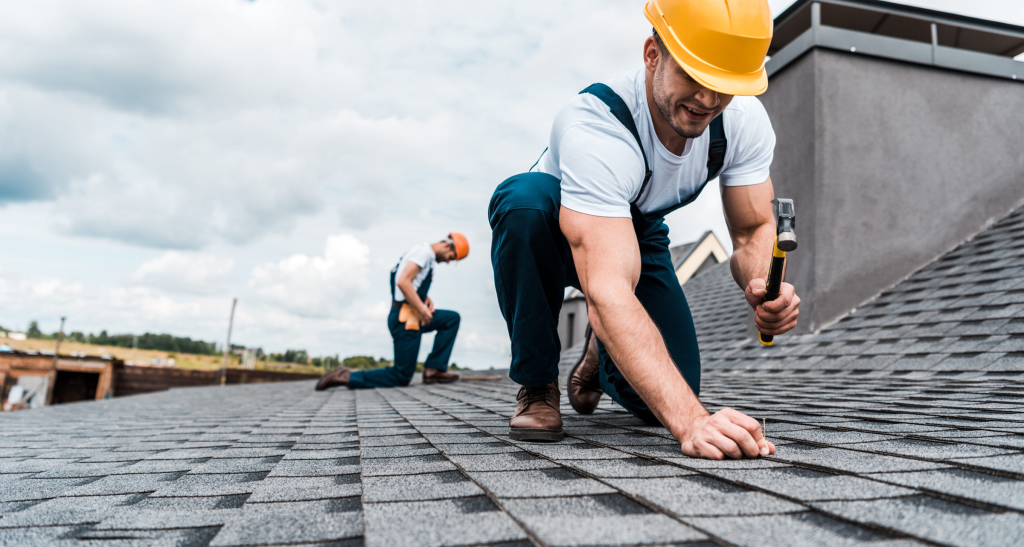Why Roof Tile Is The Superior Roofing Product

Roof Tile… what comes to mind when you hear that? Picturesque vistas of the Greek coastline, quiet Tuscan villas overlooking gentle hills, French chateaus at the foothills of the Pyrenees, Spanish haciendas on the Iberian peninsula, Mexican sun- baked resorts, Scottish villages shrouded in mist or maybe Chinese cities so ancient that time seems to have stopped? The common thread of all these gorgeous areas, from China and Europe to Central and South America is that they know the qualities of roof tile.
Why then do you see so little of tile in the U.S.? I believe it is fear. Architects and designers fear the extra design and structural support roof tile demands. Roof contractors fear the possibility of overestimating or underestimating their roof tile needs and not being technically adept to install it correctly. All of these fears can cause architects, designers and contractors to charge quite a bit more for working with roof tile. This leads us to the builder’s fear; tile’s expense.
Is roof tile more expensive to use than the most common roofing product used in the U.S., asphalt shingles? Yes, the initial cost is more expensive, however take heart because tile’s most redeeming qualities wipe out that extra expense rather quickly.
The first quality of roofing company akron tile that begins to offset its expense is its energy efficiency. Tile is commonly installed on what is called a “floating system”. Each tile is fastened to a batten strip of wood or other material that raises the roof tile off the roof deck. This means the tiles are not contacting the roof deck at all and this has created additional airspace between the tiles and the deck. The airspace insulates the roof deck and thus the interior of the structure from 55% to 75% of the radiant heat from the sun. This same effect is what makes double pane windows so effective and it also keeps our coffees nice and hot in our thermos mugs. An interesting experiment to see this first hand is to put your next cup of coffee in a regular glass. The coffee simulates the sun’s radiant heat and the glass is simulating direct to the deck applied asphalt shingles. Because the glass is in direct contact with the radiant heat of the coffee the heat comes right through the glass, ouch! Now pour the coffee into a fancy thermos mug, pick it up and viola, no burned hand. Just like the airspace in the thermos mug keeps the coffee’s radiant heat from burning your hand the airspace under the tiles keeps the sun’s radiant heat from heating your interior. A cooler interior means less work for the HVAC and that means saving money on energy consumption.





